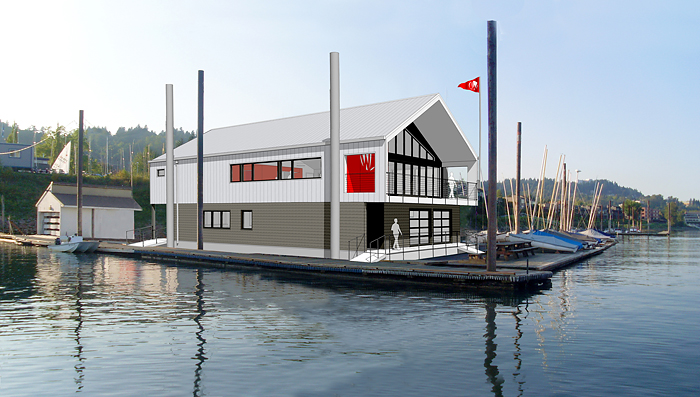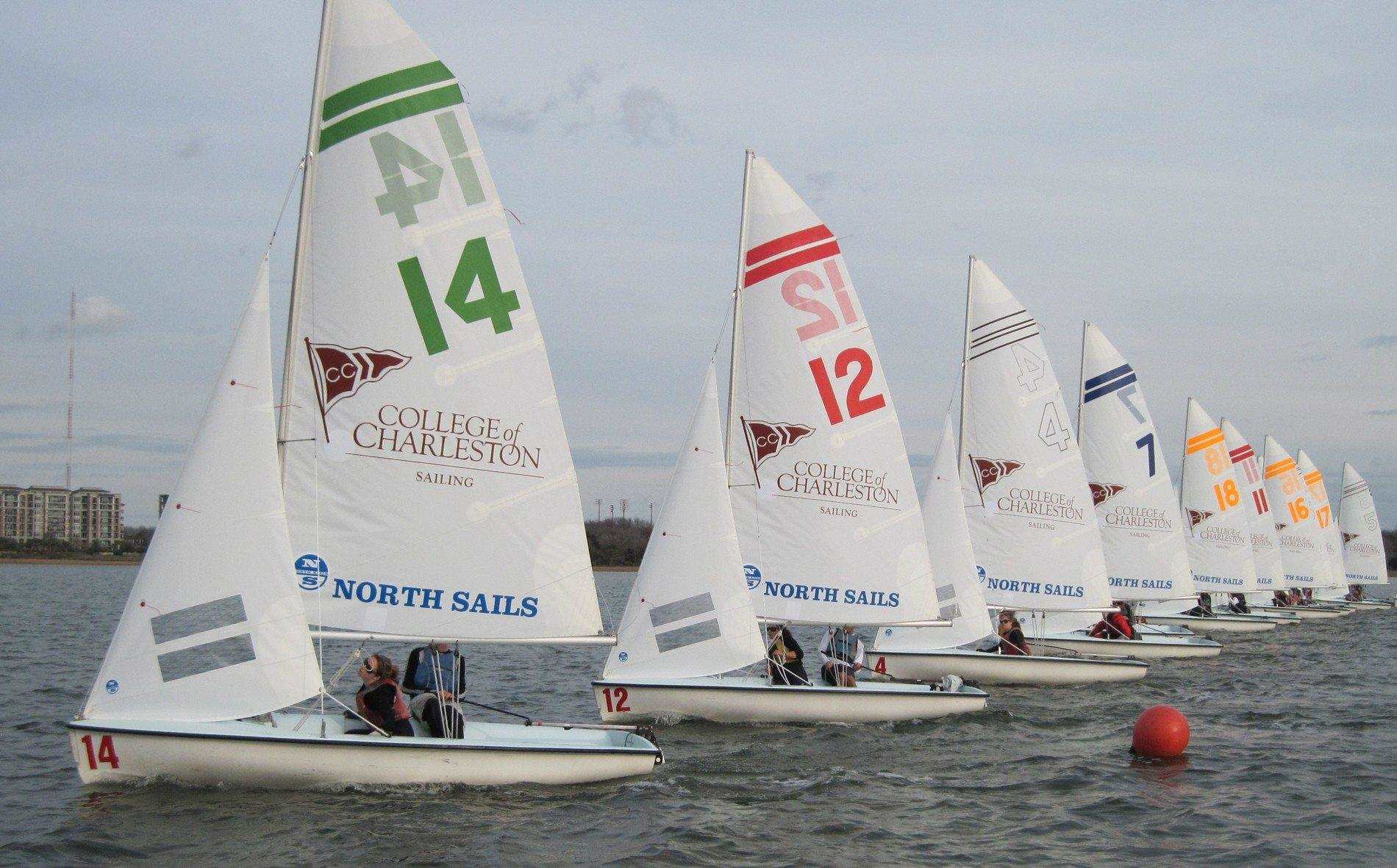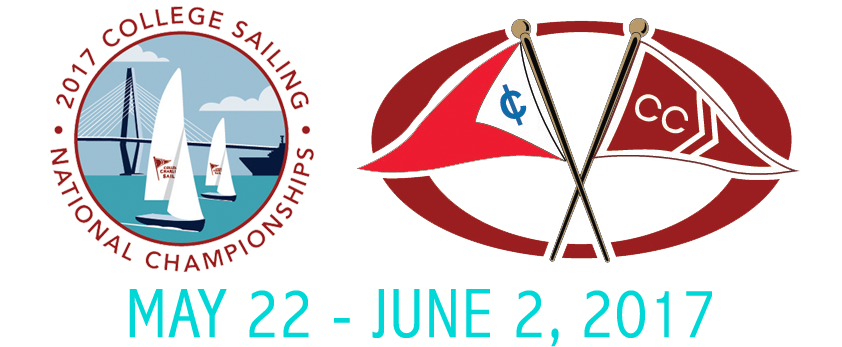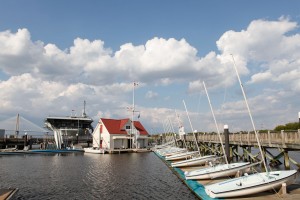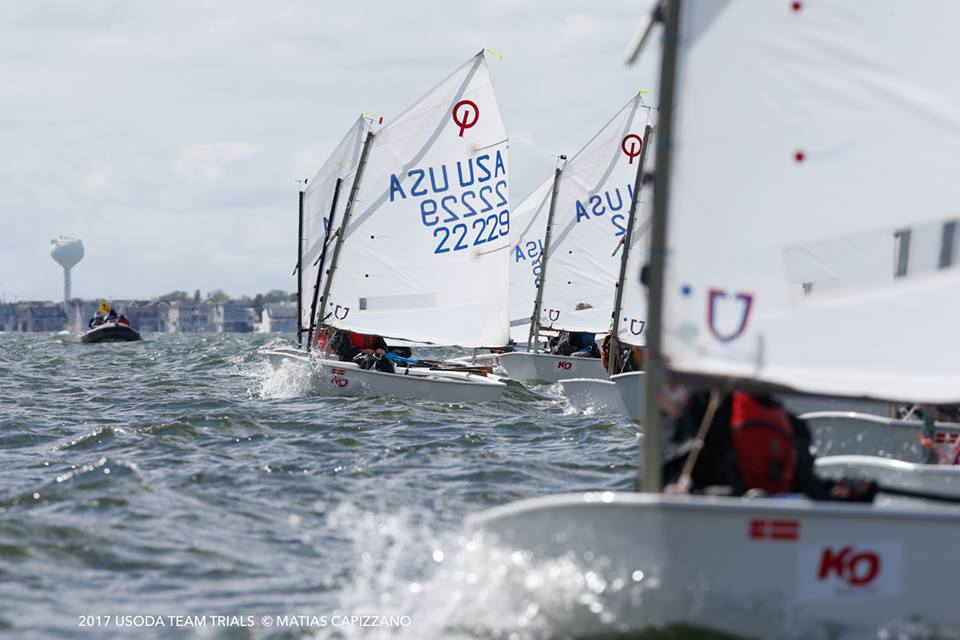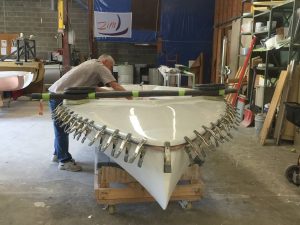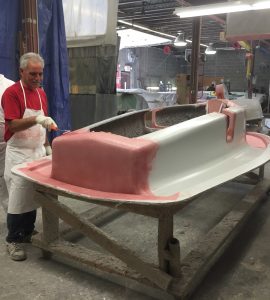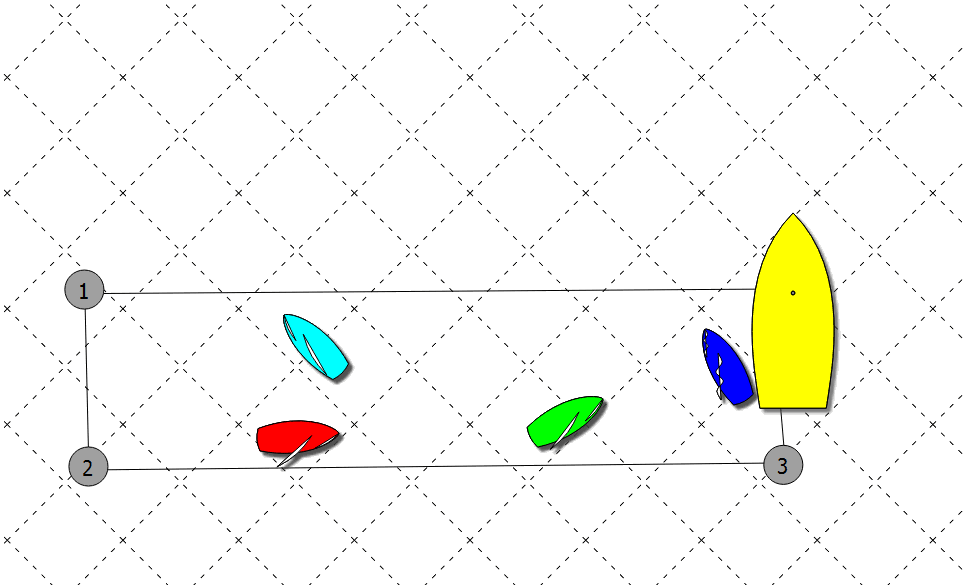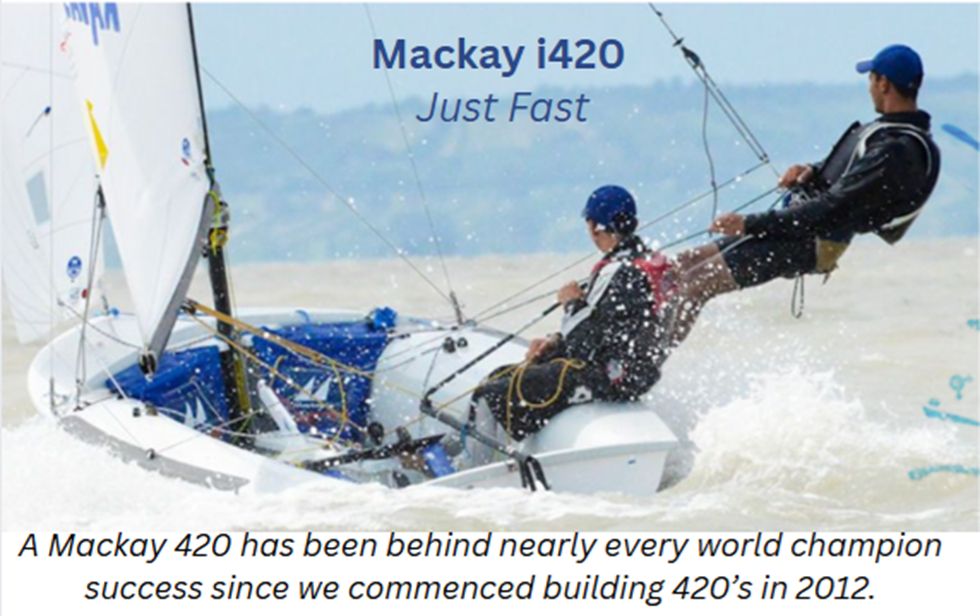News Flash: WSC is Hiring a Full-time Head Coach!
Willamette Sailing Club is located on the banks of the Willamette River, approximately 5 minutes South of downtown Portland. It is the only small boat sailing club in Portland, and is dedicated to dinghy (non-keelboats under 20 feet) sailing and racing. Willamette Sailing Club has been the center for small boat sailing in Portland since 1961. Located 5 minutes South of downtown Portland on the banks of the Willamette River, the club hosts a busy year-round schedule of racing, cruising, and learn-to-sail programs, as well as a number of river-related social and educational events, all of which are open to the public.
The club has over 300 members, and hosts numerous activities throughout the year. The WSC membership is comprised of a wide range of sailing enthusiasts. We have many members who primarily are interested in racing (from US Olympic team members to their first year racing a sailboat), members that just want a place to keep and launch their boat for day sailing, and some who just want a place to store their boat and enjoy the social aspects of the club. Whatever your sailing interest, WSC is a great club. The club hosts weekly races from February to November, holds racing clinics, organizes social events, sponsors several regattas each year, and provides a great opportunity to keep a boat on the river to enjoy evening and weekend sailing. The family environment at WSC creates a great atmosphere for family fun! Click here to view photos from our past.

Blog
2017 SPRING COLLEGE SAILING NATIONAL CHAMPIONSHIPS SET TO BEGIN IN CHARLESTON
|
2017 Optimist Team Trials Results & Report
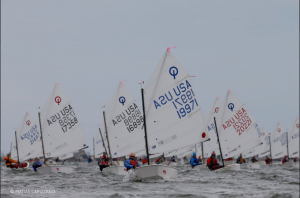
To take a look at the Gold Fleet results click here- https://sail1design.com/wp-content/uploads/2017/05/race_1-12_gold_fleet.pdf
For the Silver A & B Fleet results click here- https://sail1design.com/wp-content/uploads/2017/05/race_1-11_silvera___silver_b__1_.pdf
Congratulations to all the competitors and best of luck moving forward with the upcoming international events.
Club Profile: Kittery Point Yacht Club
The Kittery Point Yacht Club is located in New Castle NH, on the southern shore of the Piscataqua River. Its clubhouse stands opposite Seavey Island, home of the historic Portsmouth Naval Shipyard. Ships from all over the world pass before it, vying with local lobster and fishing boats during the week and hundreds of pleasure boats on holidays and weekends.


Learn more about the KPYC’s summer sailing program!
Breaking Boatbuilding Molds: Zim Sailing
By Airwaves Writer Taylor Penwell
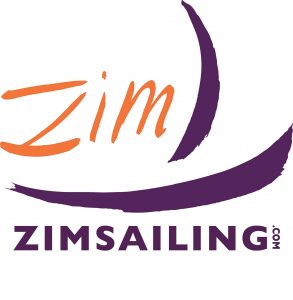
After leaving Vanguard, Steve called on many of his long time industry partners and relationships to help him get the company started. Where in the world did “ZIM” come from? The name Zim Sailing is an acronym based on the name of the company’s sister factory in China: Zou Inter Marine. In 2009 Steve purchased molds from C420 and CFJ classes and began testing and building his own brand of boats. After he was granted approval from the classes, Steve started delivering the Zim Sailing C420s with his personal car and in the same year moved his office from his kitchen table at home into a small 1600 sq. ft. contractor space. Steve has been working to bring more and more of the company’s production capacity to the United States each year.
Since 2009 Zim Sailing’s reach has grown tremendously but still has only thirteen employees total in the United States, including the 4 USA based boat builders. Zim Sailing prides itself on these thirteen employees’ abilities as top experts in their respective fields to have the knowledge and personal experience to deliver the best products and services in the industry to the customer. The company has been constantly expanding and moving into new sailing markets. Zim Sailing carries boats for all levels of sailing, from the grassroots level, recreational sailing, green fleet optimists, all the way up to collegiate sailing. Zim Sailing is sure to keep all these markets in mind with every move they make as a business.
Zim Sailing now carries 14 brands of sailboats, 9 of which they build:
Zim 15 * 420E Megabyte * Hartley Boats
C420 * Collegiate 420 * 29er Bic SUPs
CFJ * Collegiate FJ * World Wide Sailor Pram
Opti Byte * RS Sailing Boats
*made in the USA
Zim Sailing keeps a large inventory of all the parts needed for the boats they provide. Having this large inventory in-house allows them to have this large array of products, in contrast to some other market problems at the moment. “We build centerboards, daggerboards, rudders here so there is not shortage or wait when an order comes in for parts. If an order is called in they have the ability to ship it out in the same day and get it to the customer in the same week.” Having this large supply of stock, Zim Sailing can get parts to you pretty immediately which is not something the market is used to because the industry standard takes much longer to process and ship the same types 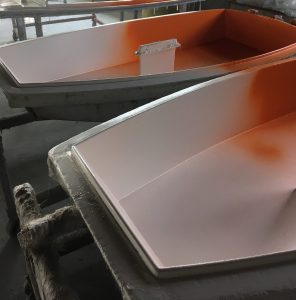
Reasons for going with Zim Sailing:
- Quality products
- Product line/offering
- Parts and gear availability
- Customer service
When asked what Zim Sailing prides itself on the company Marketing Executive Laura Beigel said, “Our product offering is one and our parts inventory is another. The range of boats that we carry are multifunctional which gives the customer more bang for their buck. For example, we work with sailing programs all over the country who are seeking boats that can be used in classes with sailing students of all different skill levels, from learn to sail for kids and adults to adventure classes or racing classes. This is one way were are able to offer such affordable options to our customers all the time. We try to give them something that is versatile. The other thing we distinguish ourselves on is the quality of our boats. They are crafted by hand and quality control checked after every stage of production, then QC checked a few more times during the finishing stages before they leave the warehouse. Every detail matters to us. ”
Only 3 warranty claims have ever been made on Zim Sailing boats since the founding of the company. A truly amazing accomplishment.
If you go to a Club 420 or Optimist regatta in the states there is a high chance you will see a Zim Sailing charter boat trailer there. Zim Sailing is a national sponsor for US Sailing and the USODA, along with the Junior Sailing Olympic Festivals. Chartering boats at these high level events has helped market the Zim Sailing brand of boats.
In the years to come the sky’s the limit for Zim Sailing. One of their short term goals is to is to get a lot better at what we are already doing. “To improve upon what we have got as far as the service in concerned, we are constantly evaluating the products to ensure we are offering exactly what people want and what people need,” says Beigel. Another is to make sure Zim Sailing has everything in stock people need and continually work to project things customers might want or need in the future. Another goal is to manage the growth and to manage it well to continue to deliver the best products and service to the customer as they expand their business.
Zim Sailing sees itself as an up and coming company in a market that is lacking a bit in many places and is changing the game as they say, and that is something they want to continue to work on moving forward is to break all those stereotypes about untimely processing of orders and lack of inventory. “We seek to be the ‘go to’ resource for everyone for anything in the sailing industry and to be counted on for making it possible to get everyone on the water sailing.”

http://www.zimsailing.com/
Coaching Drills
Article Written by Dave Elsmo, Head coach of the Wisconsin Sailing Team
As with our first installment we will be continuing to overview the most effective drills for team growth. We will continue with coach-led drills as the third part perspective can be invaluable in whittling away the bigger corrections so sailors can concentrate on their in-boat communication and physicality.
Rolling Starts:
Any team looking to climb in the results needs to put a priority on getting off the line with speed and options. Too often, I see sailors going through the motions of getting off the line with little or no consideration of pre-start homework or line geometry. Teammates tend to get comfortable knowing who they can out boat-handle and often go for the easy start. This brings the competitiveness of the team down and reinforces a lowest hanging fruit mentality that won’t work at higher level events. I feel that if you spend any more than 45 seconds luffing during the pre-start you are doing it wrong. Sailors need to get into the mindset that each start must to be taken as if it is a make or break it first leg and act accordingly. Boats in the second row or the poachers waiting outside the boat-end of the line must be coached back into the fray. After the start sailors should sail without tacking for at most 45 seconds to give them a fair perspective of their placement.
We modify our rolling starts based on problems that arise during events or to model a venue we know has distinct attributes. Here are a few modifications I recommend
Problem 1: Sailors at an event find themselves getting their hole to leeward poached causing a delayed acceleration and a second row start:
Modificaton 1: I will incorporate two extra marks into the starting area to make a box two boatlengths wide. Sailors must be within the box during the entirety of the last minute of each sequence. If they need to bail out they must do so under an I-flag restriction and round the ends before re-entering. Under this modification sailors have to fight harder for their hole and it disincentivizes getting to the line late.
Problem 2: The team will be visiting a very shift venue for their upcoming event.
Modification 2: We will either set our starts up closer to shore to introduce the same shifty attributes or, if that isn’t possible, will incorporate a second and third mark to the pin end of the line. Sailors are expected to do their regular pre-start homework but for 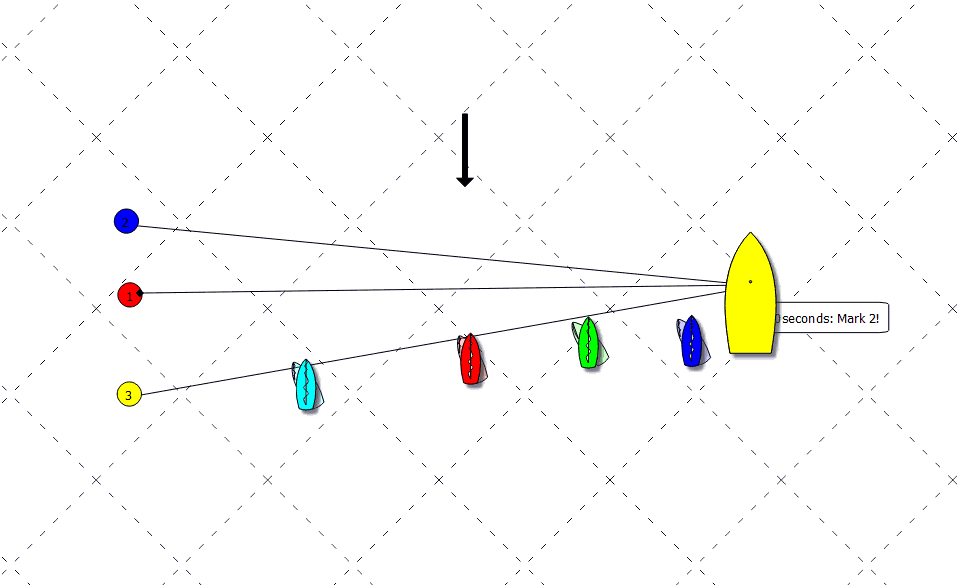
Problem 3: The team will be visiting a current-heavy venue but sails on inland waters.
Modification 3: Adjusting for current can be difficult in inland waters, but is still do-able. Best practices for these starts is to use two coach boats that can drive slow to windward or leeward to mimic moving water. If that is not possible put your pin-end mark in the water without enough anchor rode to touch bottom. The RC boat can then drift together with the mark to simulate current.
Problem 4: Sailors are setting up way too late to get a start that resembles regatta-like conditions.
Modification 4: We will remove all the sound notifications within the last minute of the sequence and add two marks to the pin-end. The RC can start the race any time within the last minute of the sequence with one long sound. I find it only takes one or two early starts to get people to the line.
Problem 5: Sailors aren’t fighting for the favored side of the line.
Modification 5: Make one side of the line distinctly favored and incentivize the start by racing the first leg of a course.
It is my opinion that running 30 minutes of rolling starts can be highly effective if all sailors are engaging in the spirit of the drill. If people get lazy or disinterested re-engage them individually, challenge them to start in a different area of the line or have them on-on-one another member of the team. This will keep people thinking and engaged through out all the whistling.
Last Two Legs:
Often in less developed conferences, teams comprise sailors with a wide-range of skill. Getting your practices to contain regatta-quality conditions can be difficult if not impossible with smaller teams. In an effort to create congested scenarios it helps to slice courses into chunks to give less experienced sailors opportunities they may not encounter in a given race. Most practice races space out after the first mark and the rich tend to get richer. The Last Two Legs drill emphasizes a hyper congested downwind and a premium on positioning at the leeward mark. Secondarily it gives everybody the same chance at a good rounding.
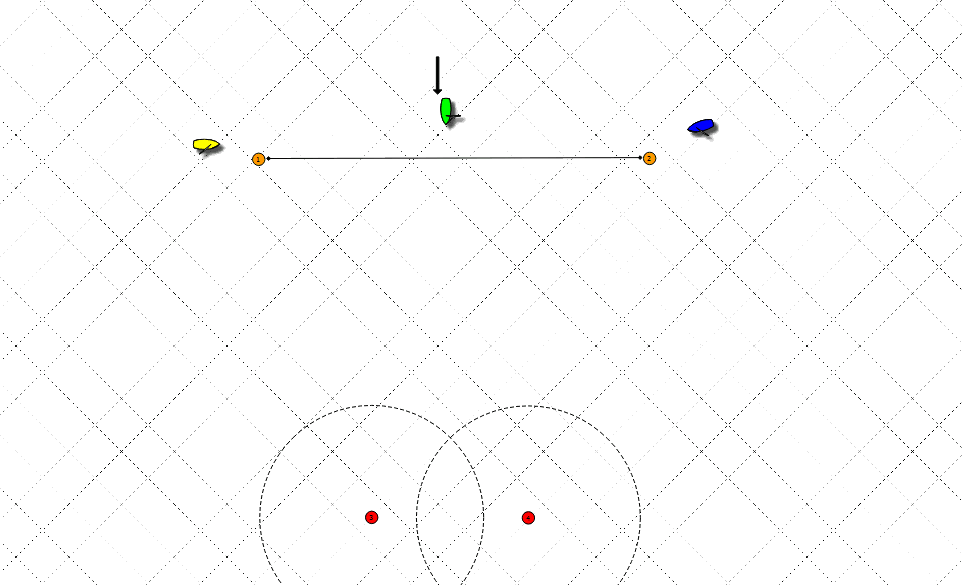
Cone Drill:
This continuously running drill helps emphasize the importance of ducking a starboard boat to gain leverage and climb the ladder. The drill itself is normally started with a rabbit drill. The coach boat then runs to windward of the fleet and whistles the drill on. Boats that make it to the laylines of the coach boat are to tack in. Different iterations of this drill can help for different mindsets.
- If you put the Port-Tack MUST duck restriction on the drill it helps teach a proper duck therefore reinforcing the need to get leverage to the right.
- If you remove the restriction it allows sailors to experience a busy windward mark layline when coming from the left side of the course. Should they feel they can gain to windward, boats have the option to leebow and stay on their ladder rung or duck to get leverage.

